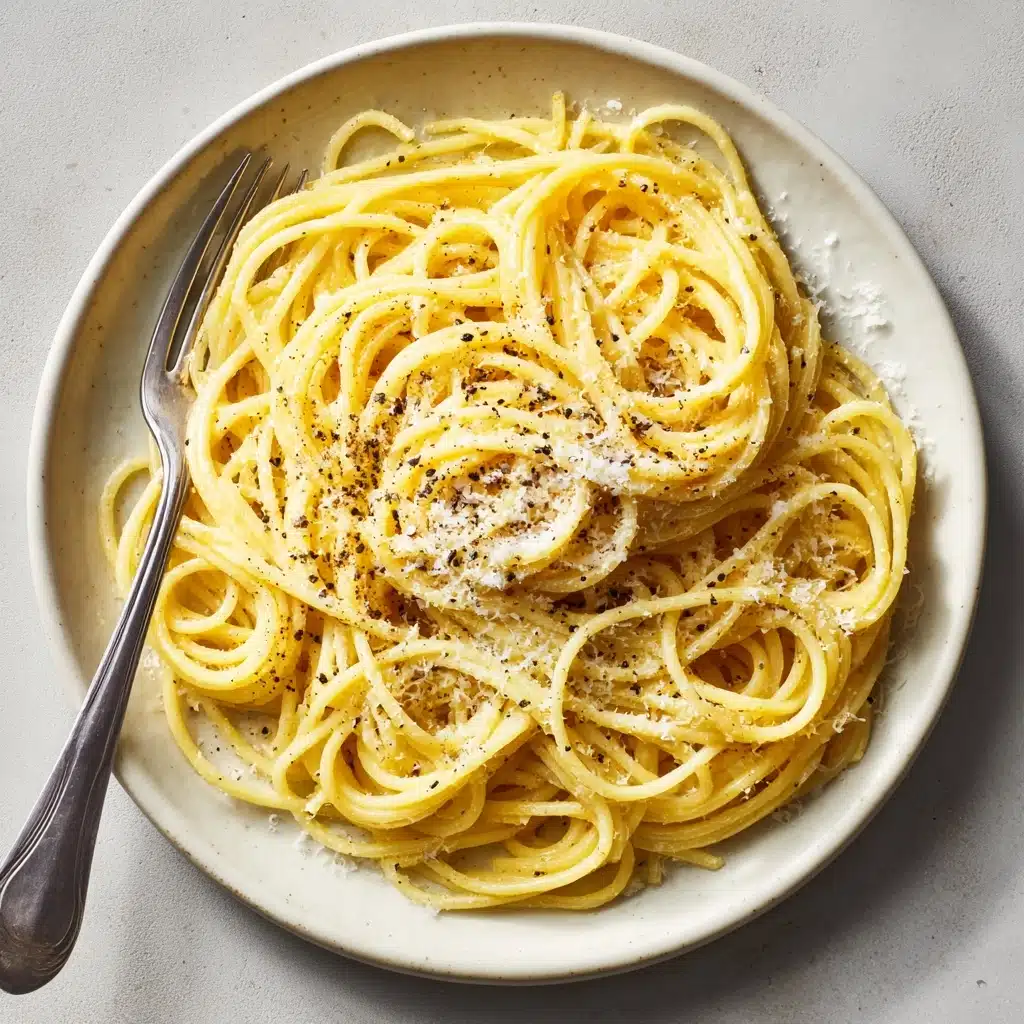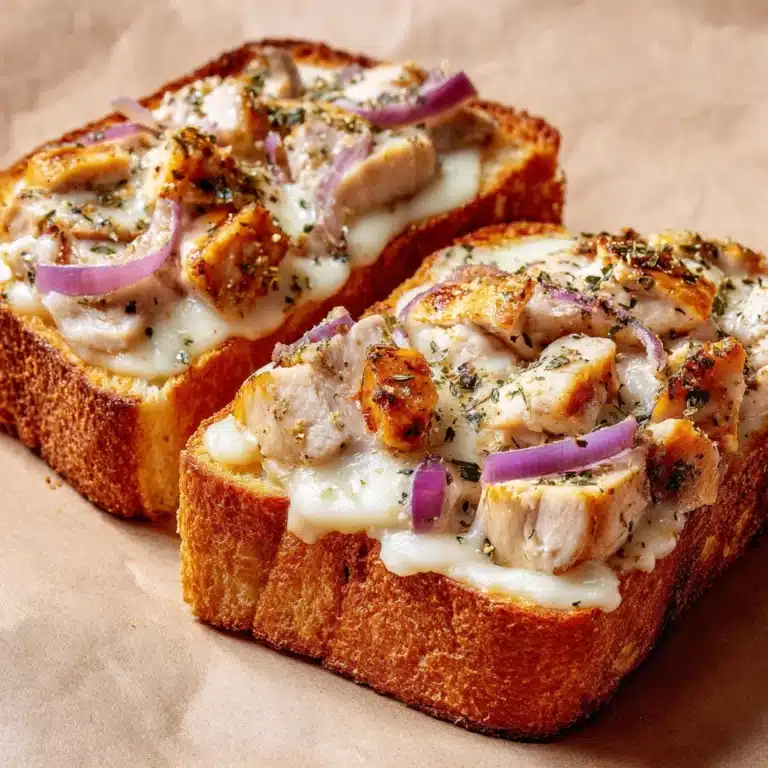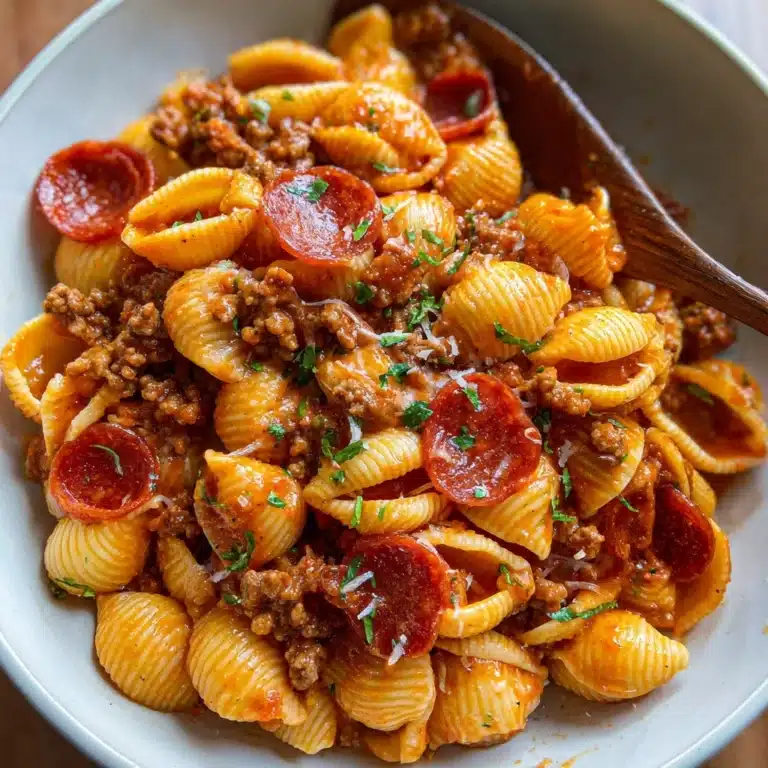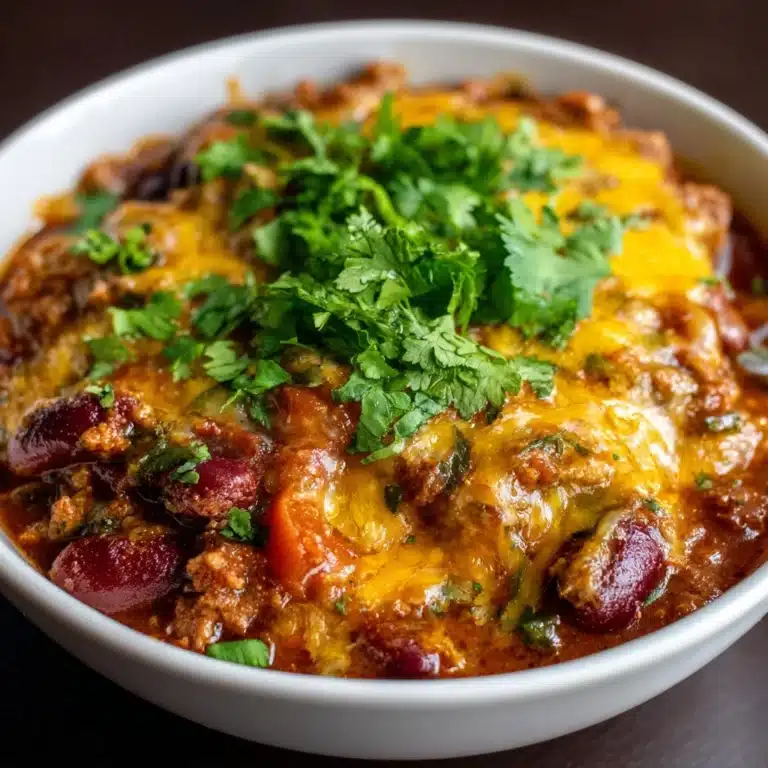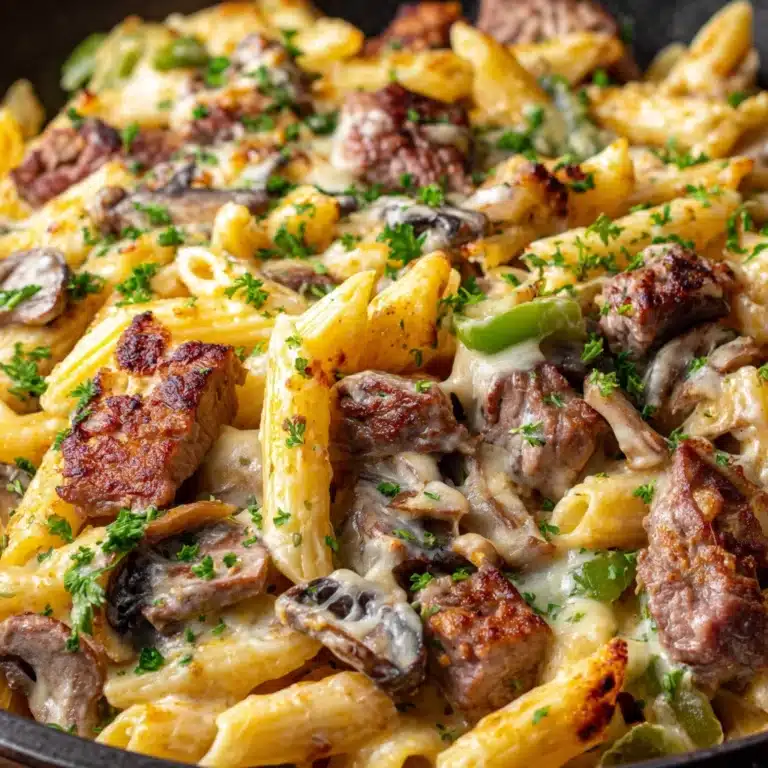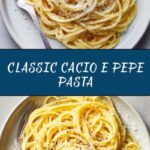If there’s one dish that embodies the soul of Roman cuisine Main Course. Silky strands of pasta entwined with Pecorino Romano and a generous dose of black pepper create a symphony of flavors that feels both luxurious and lightning-fast to prepare. The magic of Cacio e Pepe lies in its simplicity—just a handful of humble ingredients transform into something comfortingly rich and subtly peppery, making it a meal that’s as perfect for a weeknight treat as it is for impressing company at your dinner table.
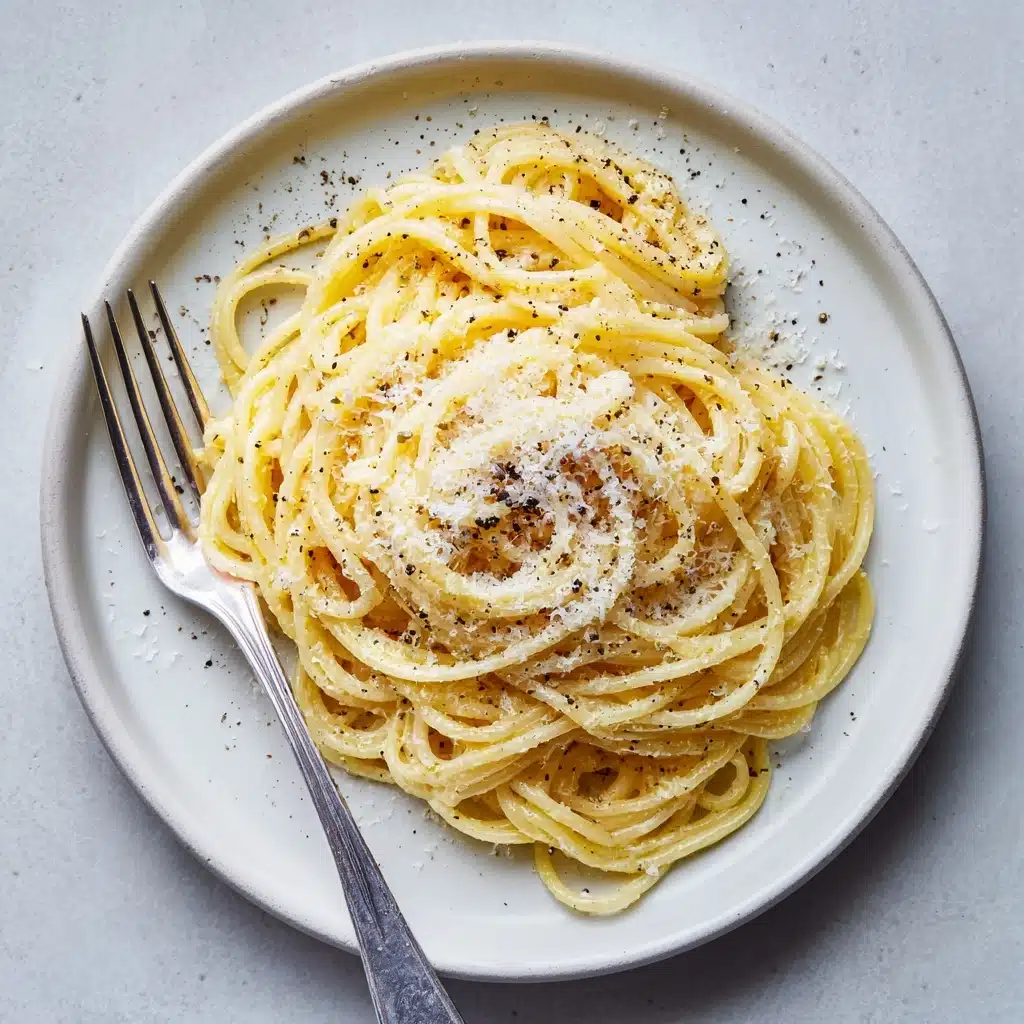
Ingredients You’ll Need
One of the most delightful things about Cacio e Pepe is how its short ingredient list demands quality and attention to detail. Each component has a starring role, from the salty bite of cheese to the pepper’s spicy warmth. Here’s what you’ll need and why every item matters:
- Spaghetti or Tonnarelli (12 ounces): Choose a sturdy, bronze-die pasta that holds the sauce well and delivers just the right chewy texture with each bite.
- Freshly ground black pepper (1 tablespoon): Crack your pepper fresh for a sharp, aromatic kick that defines the dish’s signature flavor.
- Unsalted butter (2 tablespoons): Melted butter creates a glossy, rich base to help the cheese melt smoothly and balance out the pepper.
- Pecorino Romano cheese, finely grated (1 cup): Go for the real deal and grate it finely—this ensures a creamy, emulsified sauce free from clumps.
- Salt for pasta water: Salt generously so your pasta absorbs flavor from within—think of it as the backbone of every great Italian pasta dish.
How to Make Cacio e Pepe
Step 1: Cook the Pasta
Start by bringing a large pot of salted water to a rolling boil. Drop in your spaghetti or tonnarelli and cook it until it’s just shy of al dente—about a minute less than the package suggests. Most importantly, reserve a full cup of that starchy pasta water before draining, as it’s the secret ingredient for perfect sauce later.
Step 2: Toast the Black Pepper
While the pasta bubbles away, heat a large skillet over medium. Sprinkle the freshly ground black pepper directly into the dry pan. Toast it for a minute or two, giving it an occasional swirl. The fragrant aroma that fills your kitchen at this stage will make you hungry—this quick toast unlocks the pepper’s depths and mellows its sharpness.
Step 3: Melt the Butter
Add the unsalted butter to your skillet now and let it melt, blending with that toasty pepper. Reduce the heat to low—you want everything warm but not sizzling. The butter helps turn the sauce luxuriously smooth, and its richness plays off the cheese beautifully.
Step 4: Combine Pasta and Sauce
Now comes the fun! Toss your drained pasta straight into the skillet with the fragrant butter and pepper. Pour in about half of the reserved pasta water. Using kitchen tongs, work quickly to coat every strand, helping the pasta start to absorb the savory goodness from the pan.
Step 5: Add the Pecorino Romano and Finish the Sauce
Sprinkle the finely grated Pecorino Romano in gradually, rather than dumping it all at once—this way, you avoid clumpy cheese. As you toss and stir with gusto, you’ll see the cheese melt and transform into a glossy sauce, thanks to the magic of the starchy pasta water. Add more reserved water as needed so the sauce remains creamy and coats the noodles beautifully. Serve immediately—Cacio e Pepe waits for no one!
How to Serve Cacio e Pepe
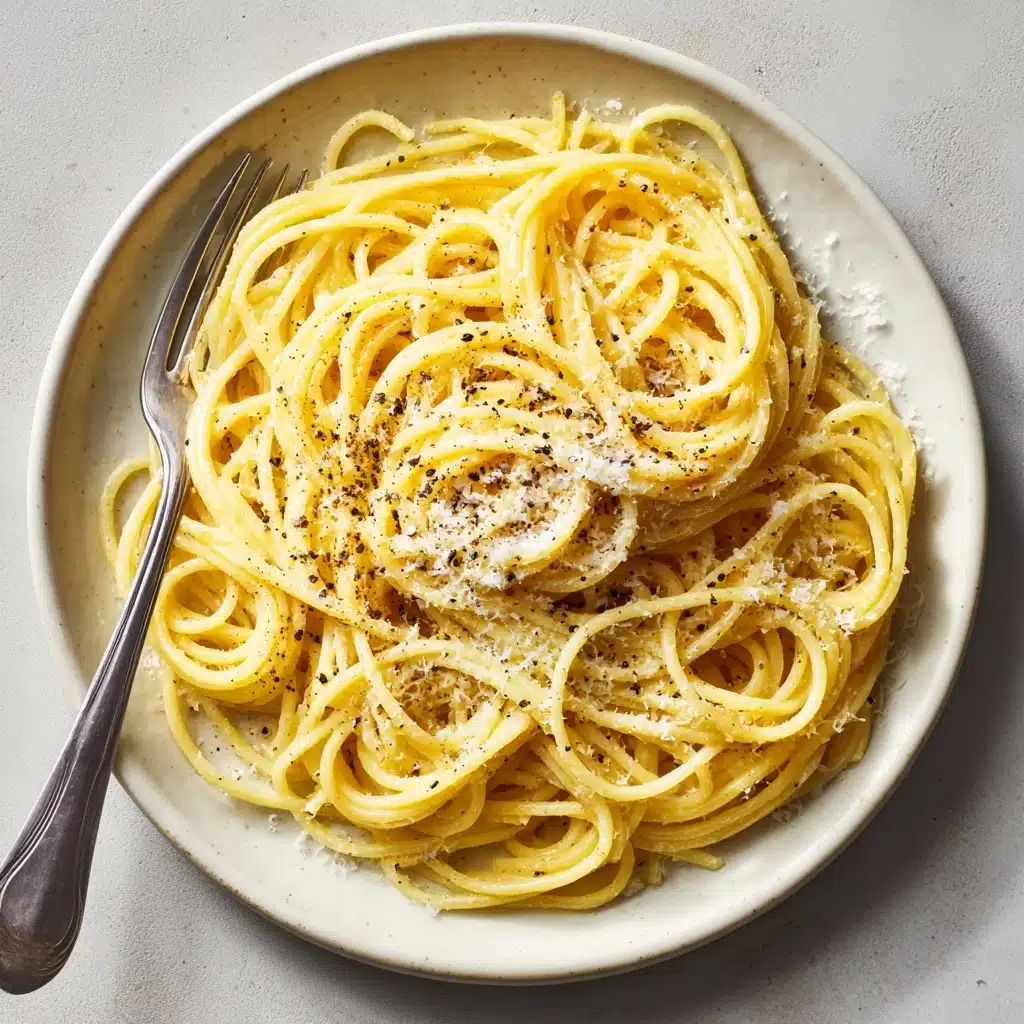
Garnishes
A big heap of extra cheese on top is irresistible—dust generously with more Pecorino Romano, and finish with another twist or two of black pepper for a bold, aromatic kick. A drizzle of good olive oil is entirely optional but can add a silky finish if you like things a bit richer.
Side Dishes
Cacio e Pepe is a star on its own, but I love pairing it with a crisp green salad lightly dressed in lemon and olive oil. Simple grilled vegetables, like zucchini or asparagus, round out the meal without overwhelming those pure pasta flavors.
Creative Ways to Present
For special occasions, serve Cacio e Pepe twirled inside Parmigiano cheese “nests” or toss in a few spoonfuls of peas for a seasonal twist. Serving in small bowls or on warm plates keeps every portion perfectly hot and creamy from the first forkful to the last.
Make Ahead and Storage
Storing Leftovers
If you find yourself with leftovers (lucky you!), transfer them to an airtight container and refrigerate promptly. The pasta will firm up a bit as it cools, but that’s a good thing—it helps prevent everything from clumping together.
Freezing
Honestly, Cacio e Pepe is best enjoyed freshly made, but you can freeze it in a pinch. Just place cooled portions in a freezer-safe container and use within one month. Thaw in the fridge overnight before reheating to keep the sauce as creamy as possible.
Reheating
For best results, add a splash of hot water or milk when reheating gently on the stove or in the microwave. Stir thoroughly as you heat to revive that silky sauce and help the cheese re-emulsify, bringing your pasta close to its just-cooked glory.
FAQs
Can I use Parmesan instead of Pecorino Romano in Cacio e Pepe?
You can, but the flavor will be milkier and less sharp—true Cacio e Pepe shines because of Pecorino Romano’s salty tang. If you must substitute, try to mix in a bit of Parmesan rather than swapping it entirely.
Why did my sauce turn clumpy?
Clumpy sauce typically means the cheese was added too quickly or the heat was too high. Take your time sprinkling in finely grated cheese and keep the skillet on low, tossing constantly and adding reserved pasta water as needed.
Can I make Cacio e Pepe gluten-free?
Absolutely! Choose your favorite gluten-free pasta brand and follow the recipe as written. You may need a touch less pasta water since some gluten-free noodles can be more delicate.
What’s the best pepper for Cacio e Pepe?
Freshly cracked, high-quality black peppercorns are a must. Try using a blend of black and a little white pepper for extra depth if you’re feeling adventurous.
How do I prevent the cheese from clumping when making Cacio e Pepe?
Use only finely grated cheese, add it gradually over low heat, and constantly toss or stir while adding reserved pasta water. The starchy liquid helps the cheese emulsify seamlessly into the butter and pepper.
Final Thoughts
I hope you feel inspired to bring a touch of Roman magic to your own kitchen with this comforting classic. Cacio e Pepe is the kind of pasta that rewards a little attention and a lot of love—each forkful is pure joy! Give it a whirl and make it your own; you’ll be craving it again before the dishes are even dry.
Print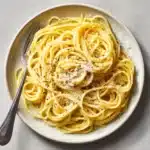
Cacio e Pepe Recipe
- Total Time: 20 minutes
- Yield: 4 servings
- Diet: Vegetarian
Description
Indulge in the simple yet luxurious flavors of Cacio e Pepe with this classic Italian pasta dish. Spaghetti or tonnarelli is coated in a creamy Pecorino Romano cheese sauce, accented with freshly ground black pepper for a dish that’s both comforting and elegant.
Ingredients
Spaghetti or Tonnarelli:
12 ounces
Freshly Ground Black Pepper:
1 tablespoon
Unsalted Butter:
2 tablespoons
Pecorino Romano Cheese (finely grated):
1 cup
Salt:
for pasta water
Instructions
- Cook Pasta: Boil salted water, cook pasta until just shy of al dente, reserving 1 cup of pasta water.
- Toast Pepper: Toast pepper in skillet over medium heat, add butter, reduce heat.
- Combine Ingredients: Add drained pasta and pasta water to skillet, toss continuously. Gradually add Pecorino Romano, stirring vigorously.
- Adjust Consistency: Add more pasta water as needed. Serve with extra cheese and pepper.
Notes
- Use finely grated cheese and stir quickly to prevent clumping.
- For best results, use high-quality Pecorino Romano and grind the pepper fresh.
- Prep Time: 5 minutes
- Cook Time: 15 minutes
- Category: Main Course
- Method: Stovetop
- Cuisine: Italian
Nutrition
- Serving Size: 1¼ cups
- Calories: 440
- Sugar: 2g
- Sodium: 480mg
- Fat: 16g
- Saturated Fat: 9g
- Unsaturated Fat: 6g
- Trans Fat: 0g
- Carbohydrates: 56g
- Fiber: 2g
- Protein: 18g
- Cholesterol: 35mg
